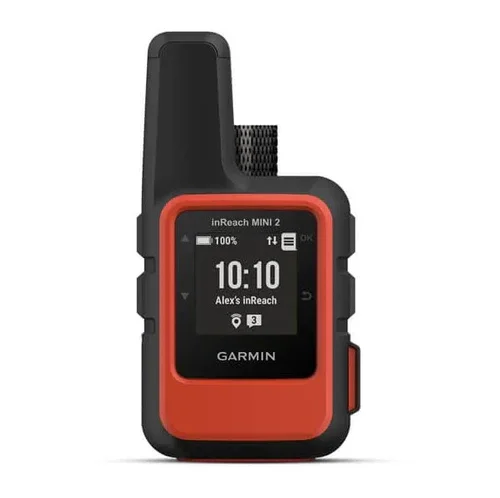Safety in the wild
The most important gear I own is designed to make sure I get home.
Whether that’s calling for help, keeping warm, stopping bleeding or dealing with injury, adventures involve risk and require smart gear choices.
I love getting far away from civilization. A a result I have had my share of near death experiences. I have tended to broken bones on the side of mountains, and helped others limp out to the road end through gnarly terrain by using trekking poles as crutches. I have been close to hypothermia with every item of gear soaked, unable to see more than a few paces in front of me, while traversing the tops in high winds longing for the shelter of the hut. I have seen avalanches above me. I have crossed frigid rivers off the southern alps with water moving faster than comfortable. I have become comfortable with the risks associated with my pursuits, but, I calculate them well and plan for failure. Ironically, one of the instances I have needed a decent medical kit (mainly for the pain relief) I was moving light with a minimal kit that comprised of some cotton balls, sports tape, anti-histamine and a few pain relief pills. I hated being caught short like that, but given that particular mission and how close I was to civilization, I stand by my choice that day. It was unlucky someone else needed help, but, I was equipped enough, just.
My bare minimum is to pack an emergency sack, a Garmin InReach device that enables satellite text messaging, and spare gels for extra energy needs. My running vests all have whistles. I wear a Garmin Fenix 8 Solar that has a strobe light function to signal in the dark. I usually have the means to create fire.
The longer the mission the more safety gear I take. Spare thermal tops and bottoms, gloves, and headwear - usually all merino. These get stored in a ziplock bag, which I sit on then seal with an almost vacuum seal end product. If room permits I will add spare socks - they seem such a luxury when you get to put on a fresh pair when you’ve been forced to stop and put on your other dry warm clothes.
I have an ultralight jacket that is seam sealed, weighs almost nothing, packs down, but will keep wind off me and rain at bay if I get caught out.
My medical kit for larger missions is a work of art. I have built it after asking a series of first responders and medical practitioners what essential items the would recommend for a back country first aid kit. I organized the responses in this order of importance:
1) Something to stop bleeding.
2) Something to ease pain.
3) Antihistamines and if possible an Epipen
4) Something to make a splint.
5) Antiseptic
6) Cream for stings and bites
7) Eyewash
If my kit is extending to all things in the list, it will also include blister treatments, tweezers, scissors gauze and tape. I also carry hemostatic bandages and gauze - sadly, getting mistaken for game and shot is a real risk in the wild, and I’d rather have it and not need it than need it and not have it.
Ultimately, safety is a state of mind and preparation is key to that, but, never a replacement for smart decisions. If you want more information on that, I’ll link more reading materials and recommended kit shortly.
As always, if you see a link on this page, it will take you to a product that if you purchase via that link I might recieve a small commission. That in no way changes my advice on what to acquire, and it is of course your business where you acquire it. I’m forever grateful for those of you that support my passion for gear by buying via a GearCheque link.
